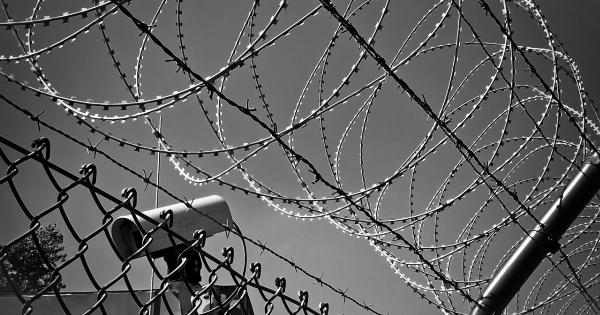Physical violence is a form of aggression which involves causing bodily harm to others. It is a pervasive social problem in many parts of the world, and European countries are no exception.
According to a recent study, approximately one in ten Europeans is affected by victimization due to physical violence.
What is physical violence?
Physical violence can take many forms, including hitting, punching, kicking, slapping, choking, and using weapons such as knives and firearms. It can occur in various settings, such as in the home, at work, or in public spaces.
Physical violence can have severe consequences for victims, including bodily harm, disability, and even death.
Victimization due to physical violence in Europe
According to the European Union Agency for Fundamental Rights (FRA), around 10% of Europeans reported that they were victimized at least once in the past year due to physical violence.
The statistics vary across different countries in Europe, with some countries reporting higher rates of victimization than others. For instance, in Bulgaria and Estonia, more than 20% of respondents reported experiencing physical violence in the past year, while in Norway and Denmark, the rates were less than 5%.
Who is most at risk of physical violence?
Physical violence can happen to anyone, regardless of age, gender, or social background. However, some groups are more at risk of experiencing victimization than others.
For instance, women and children are more likely to be victims of physical violence than men. People who live in poverty, have a history of substance abuse or mental health problems, or belong to marginalized communities, such as racial or ethnic minorities, may also be at higher risk of victimization.
The impact of physical violence on victims
The impact of physical violence on victims can be devastating and long-lasting. Victims may experience physical injuries, such as bruises, fractures, or wounds, which can lead to disability or chronic pain.
They may also suffer from emotional trauma, such as anxiety, depression, or post-traumatic stress disorder (PTSD). In some cases, victims may develop substance abuse problems or engage in self-harm as a way of coping with the trauma they have experienced.
The effects of physical violence can also extend to the victim’s family and friends, who may feel helpless, scared, or angry.
Assistance for victims of physical violence
There are various resources available for victims of physical violence in European countries.
These include hotlines, shelters, and counseling services, which provide support to victims and help them access medical care, legal assistance, and social services.
Governments and NGOs in Europe have also implemented various initiatives to prevent physical violence and raise awareness about the issue, such as public campaigns, training for healthcare providers and police, and education programs for children and youth.
Conclusion
Physical violence is a serious issue in Europe, affecting many individuals and communities. While the rates of victimization vary across different countries, no one is immune to the risk of physical violence.
It is important to raise awareness about the issue, provide support to victims, and invest in prevention strategies to reduce the incidence of physical violence in Europe and elsewhere.































